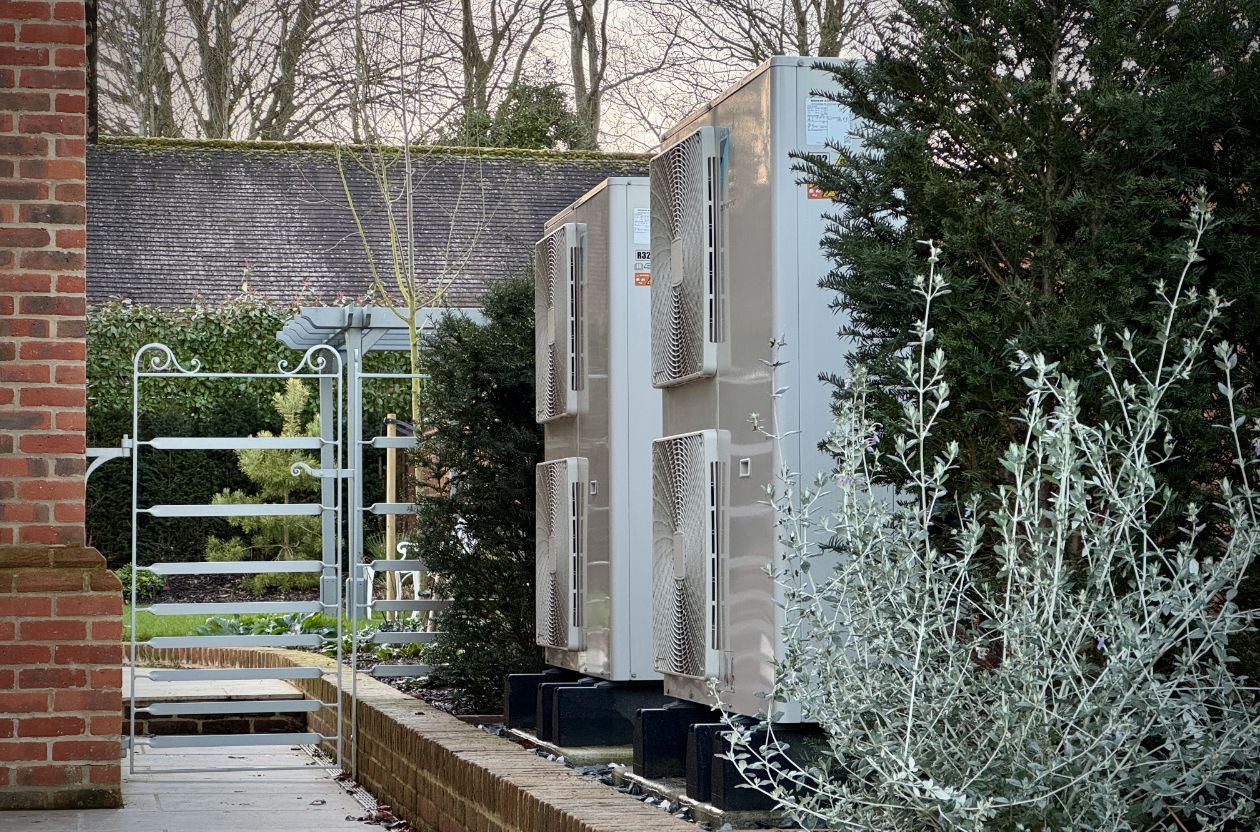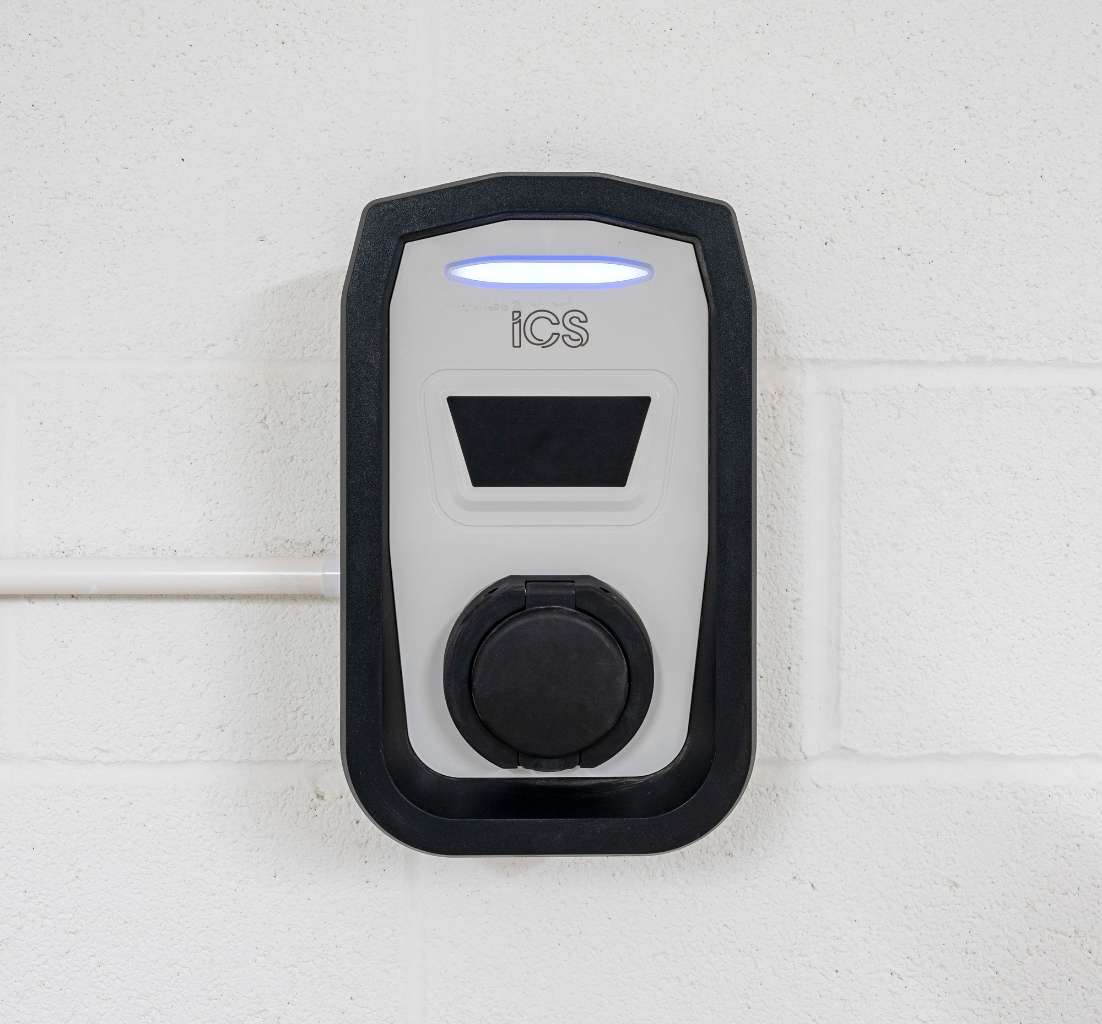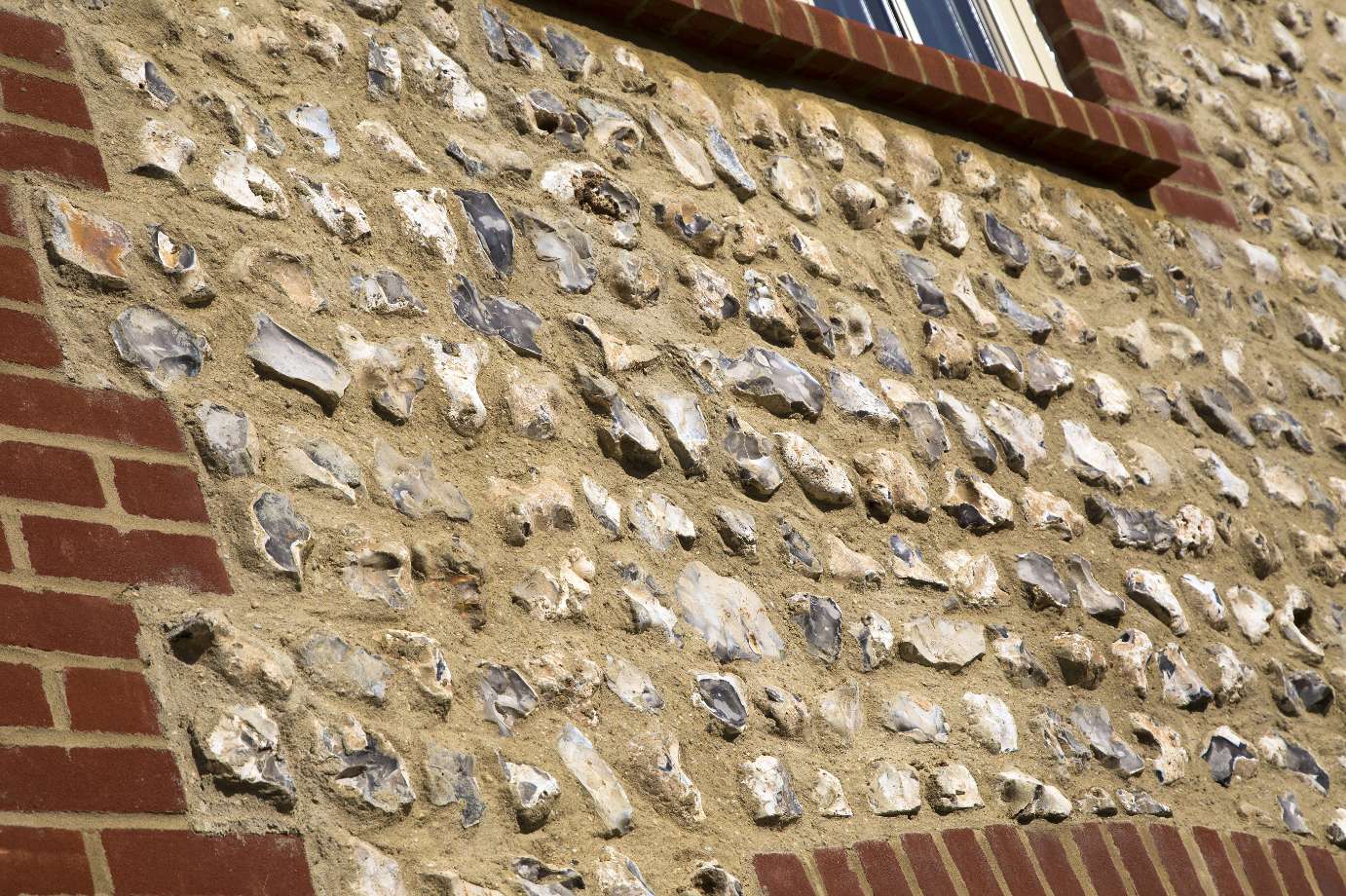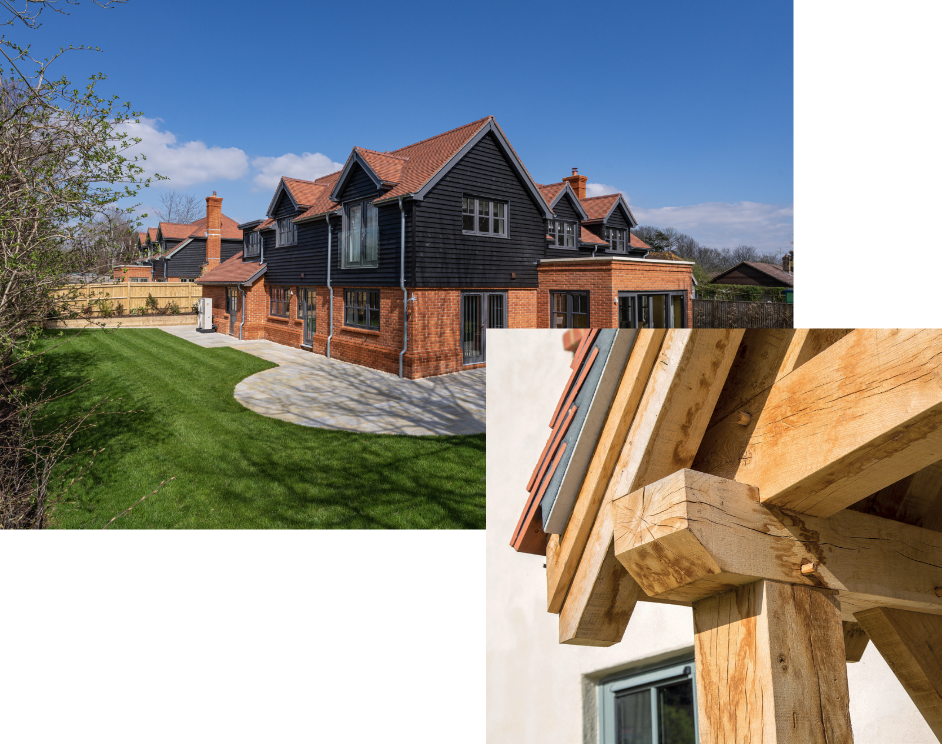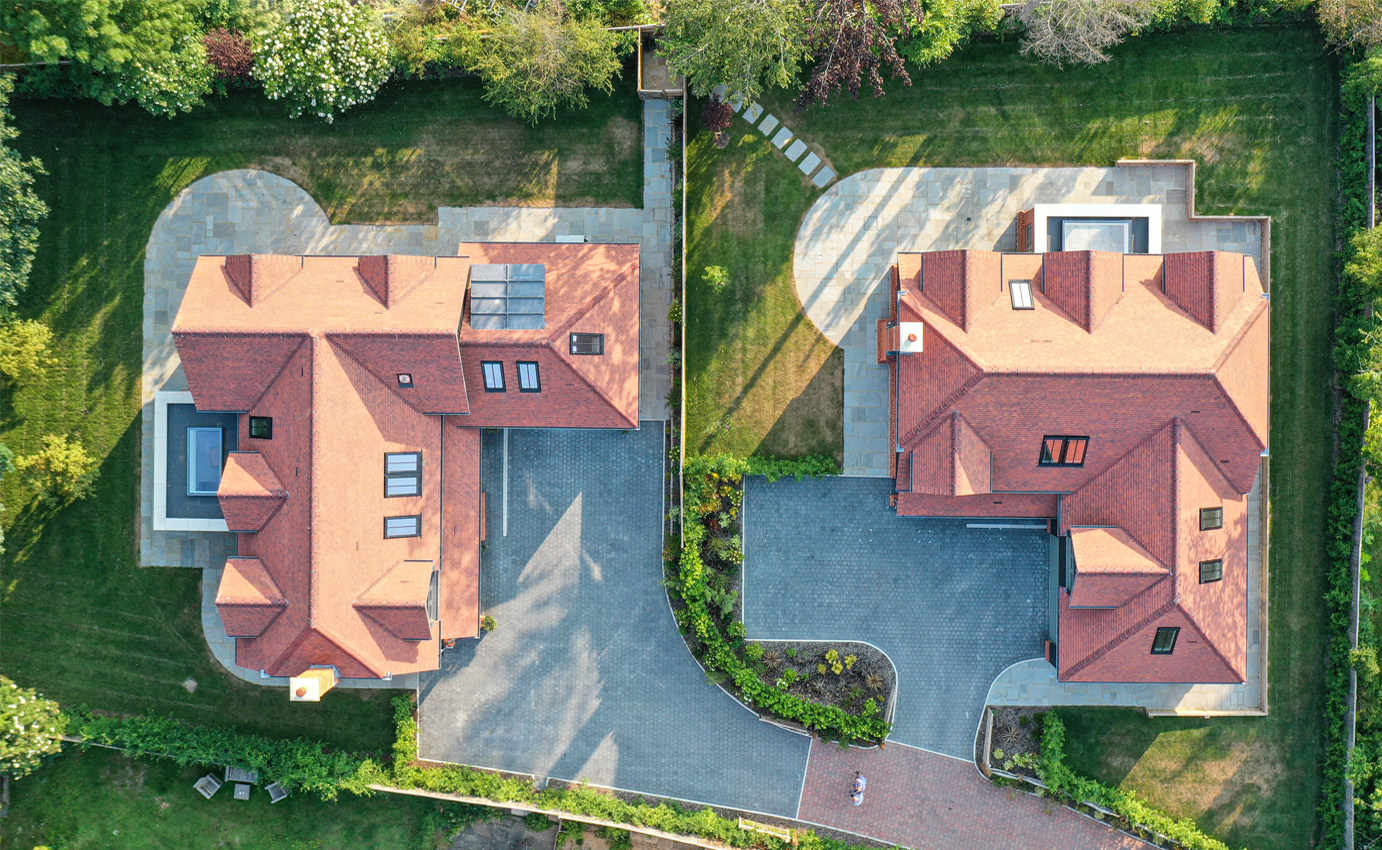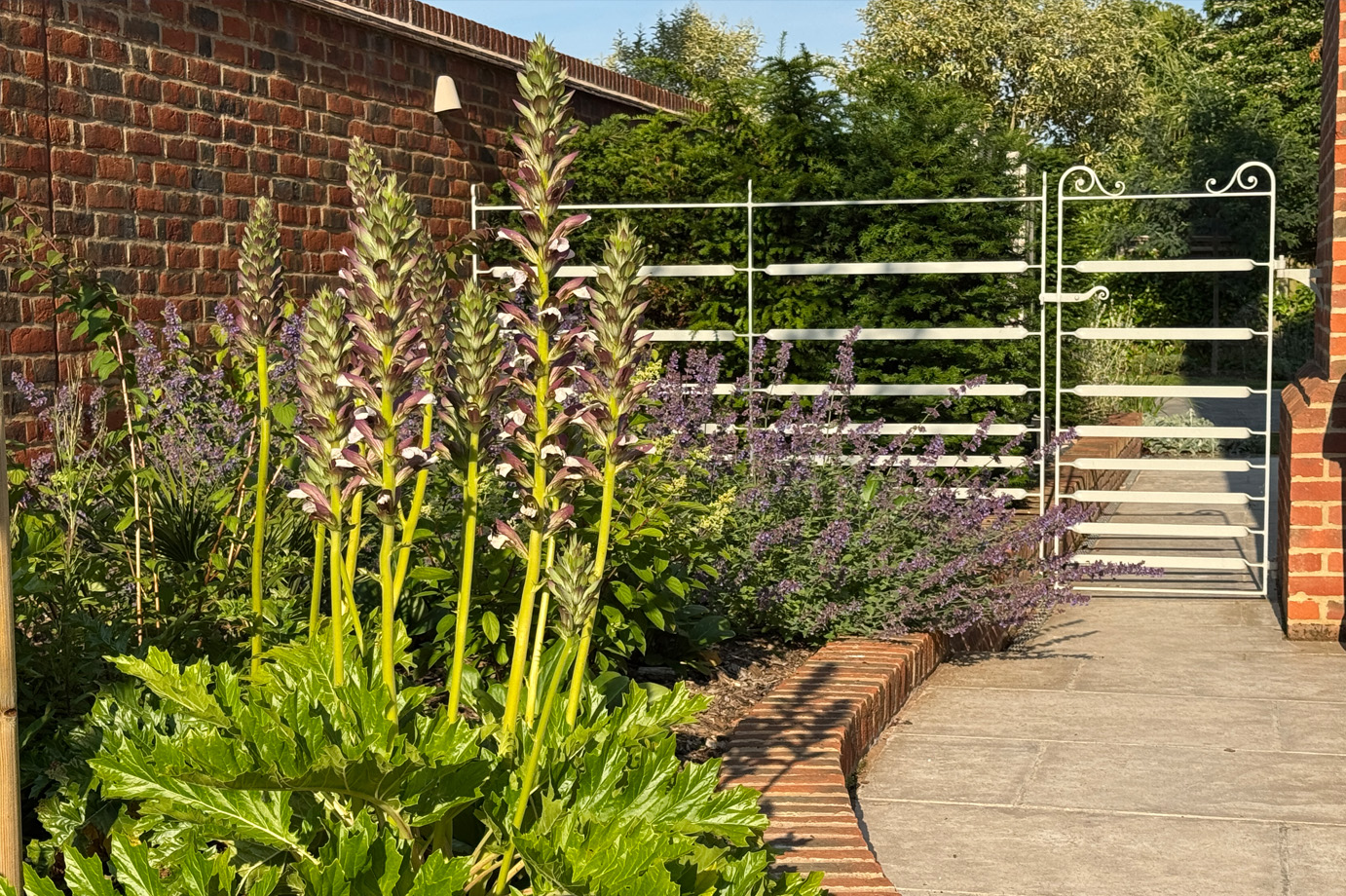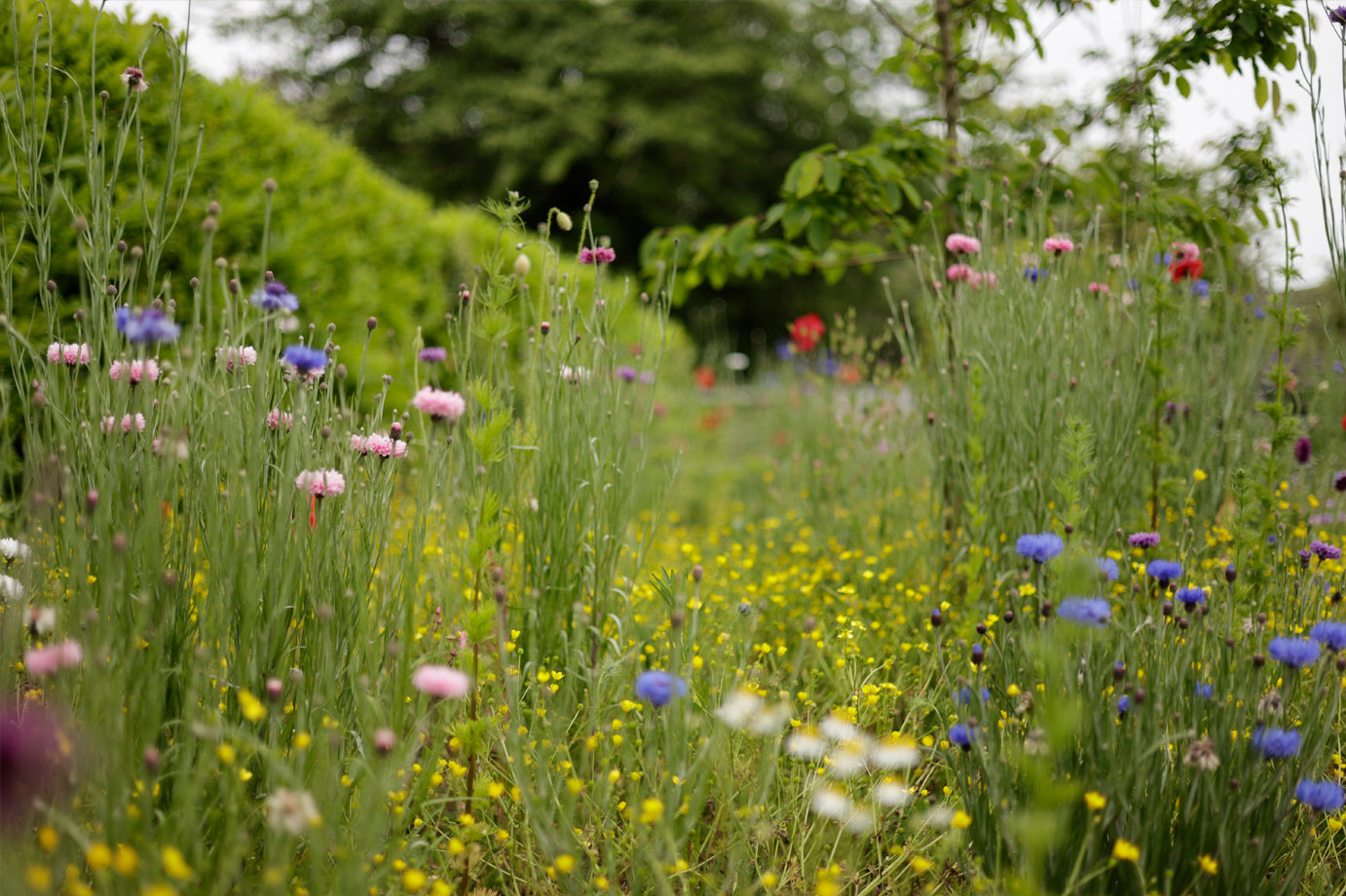Through our lives, our involvement in the ocean and adventures in the mountains, Junnell’s directors are acutely aware of the impact of climate change.
We first set foot on the Mer de Glace, France’s largest glacier, in the 1990s. The glacier’s shrinkage over the 30 years since eloquently demonstrates the reality of global warming.
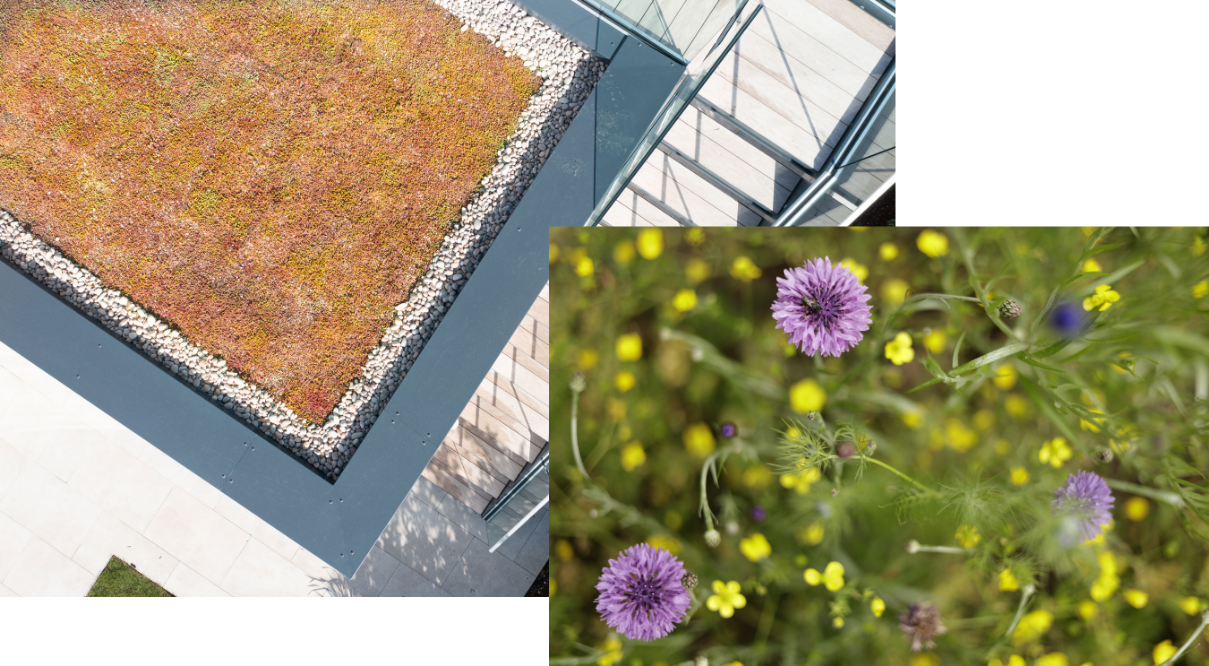
As a business, we constantly try to incorporate practices that minimize our negative impact on the environment. We are motivated and committed to improve wherever possible, with the ultimate aim of achieving sustainable development.
